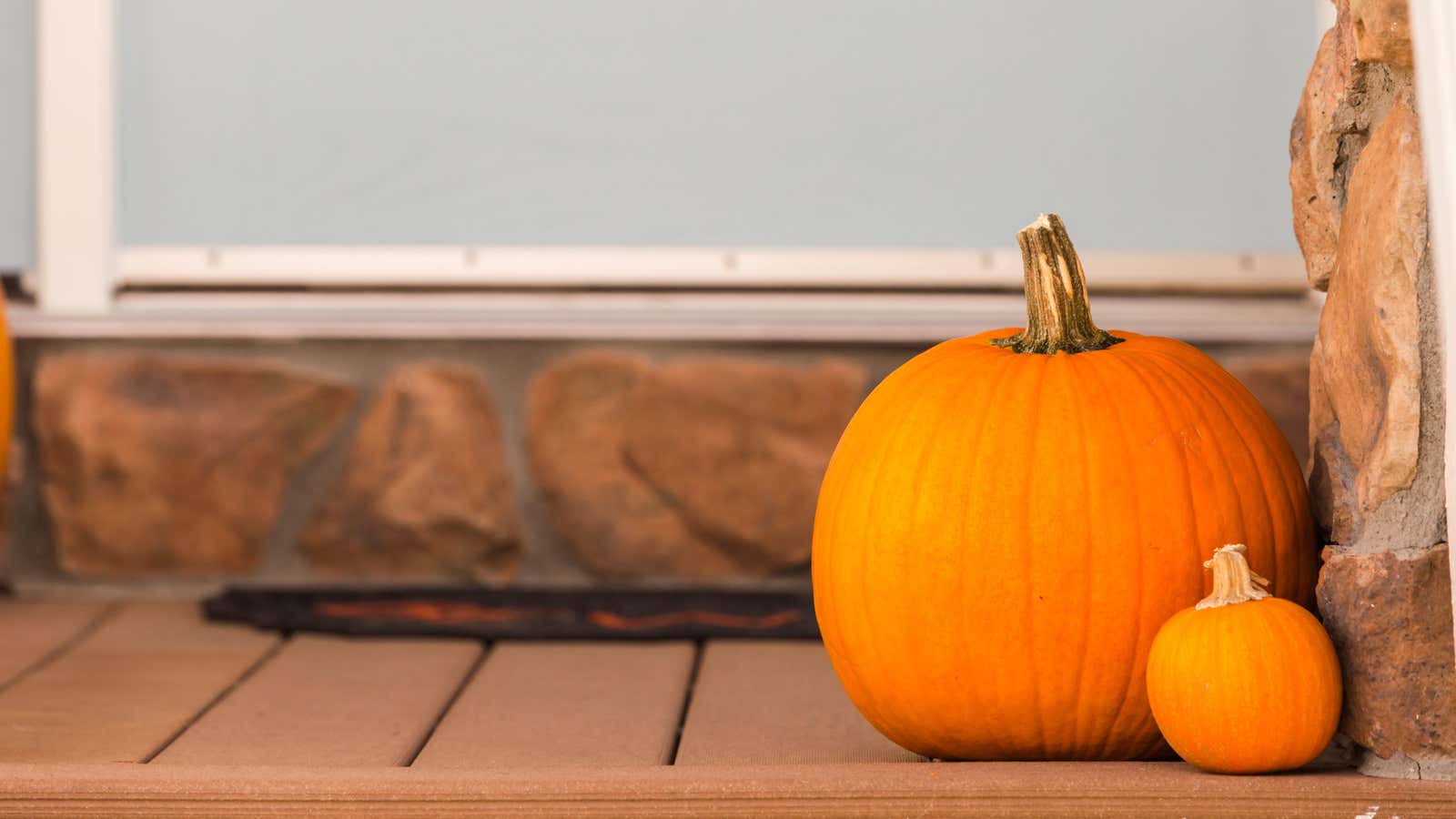Here’s How to Safely Preserve a Pumpkin With Bleach

There has been a lot of controversy on social media lately about how to prolong the life of a pumpkin by rubbing it with bleach diluted in water. While it would be unwise to use pure bleach due to its drying properties on pumpkin and potential impact on surrounding soil or surfaces, a teaspoon of bleach mixed with a gallon of water will not be toxic to animals once dried, as many detractors are. demand.
Bleach is toxic when wet, safe when dry
Rubbing pumpkins with diluted bleach works because it kills bacteria on the surface of the pumpkin, slowing down the decomposition process. It also helps prevent mold growth, extending the shelf life of the harvested gourd. If any salt remains on the surface of the pumpkin, you can use a clean, damp cloth to wipe away the salt crystals.
Bleach, known by its chemical name NaClO, is toxic in liquid form, but when it dries, the residue turns into a harmless salt (NaCl). If bleach residue were as toxic as some people fear, consider how dangerous it would be to clean countertops or bathroom sinks with it. While bleach can be dangerous if used incorrectly, its residue won’t kill wildlife any more than table salt.
Bleach Hazards
If a large amount of bleach is absorbed into the soil, it can lead to increased salinity, causing many plant species to wilt, so pouring or mixing bleach into the ground is not recommended. Some people even use bleach as a weed killer, but it’s non-specific, meaning it will kill any plants it comes into contact with. If you accidentally spill a little, flush the area with plenty of fresh water so as not to create problems for the local flora.
In addition, bleach not diluted or used indoors can produce toxic fumes that are harmful to people and pets. It goes without saying that bleach should not be drunk even in diluted form, because in liquid form it is still poisonous. However, using one teaspoon to one gallon of bleach mixed with fresh water should be relatively safe for your pumpkin, as long as you don’t get it in your eyes or mouth. (When using bleach, it is also recommended that you wear gloves to keep your hands from drying out.) If bleach comes into contact with your skin, wash the affected area thoroughly with fresh water. When mixing bleach, if you’re unsure of the ratio you’re using, follow the CDC’s recommendations for safe disinfection practices.
Never mix bleach with ammonia.
The main danger associated with the use of bleach is the possibility of accidentally mixing it with ammonia, which can lead to the formation of deadly fumes and acid. Never mix bleach with other cleaning products, and if you accidentally mix them, leave the place where it happened immediately. Seek medical attention after inhaling fumes from mixing bleach and ammonia because fumes from such an accident can kill you or damage your eyes and mucous membranes.
If you accidentally swallow bleach or get it in your eyes, contact your local poison control center or call 911 for any severe symptoms.